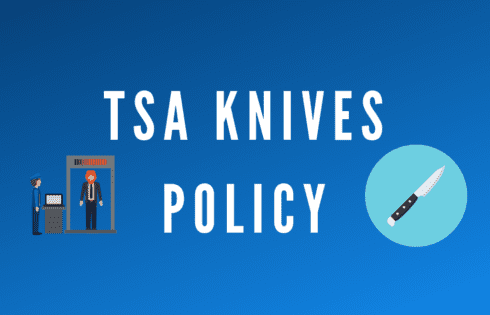
Can You Bring Knives on a Plane? TSA’s Rules Explained in Detail [2024]
Are you wondering whether or not you can bring knives through TSA security and on to a plane? The answer isn’t so clear to a lot of people due to

Are you wondering whether or not you can bring knives through TSA security and on to a plane? The answer isn’t so clear to a lot of people due to

Traveling through airport security can already be a pretty nerve-racking experience. But when you are also worried about getting your necessary medical items through security and onto a plane for
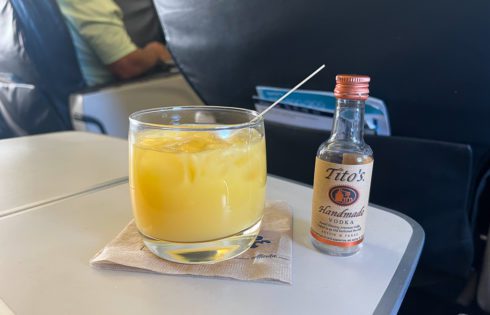
Sometimes a little bit of alcohol goes a long way when it comes to relaxing on a plane. Yes, most airlines sell alcohol to passengers but what about the much
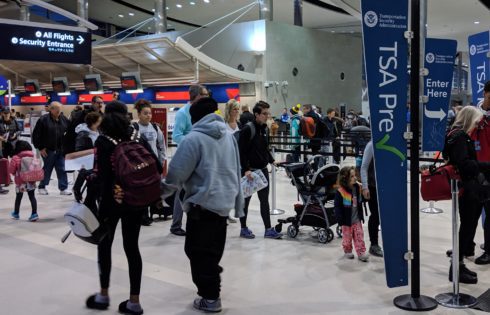
It’s always a good idea to keep deodorant on standby when traveling. This is especially the case when you are traveling through potentially warm environments like airport terminals, airplanes, and
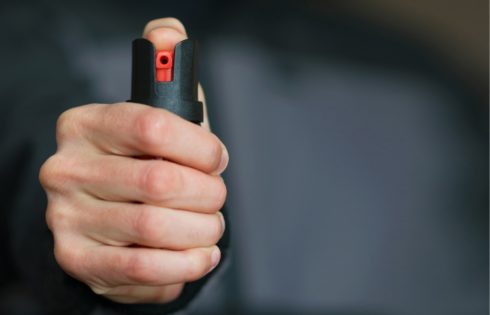
Pepper spray and mace are some of the most common self-defense items travelers carry with them. But bringing these things on a plane can be problematic especially if you are
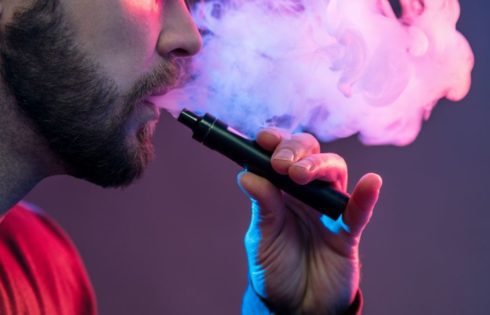
As people return to traveling, a lot of passengers will be asking about the TSA rules for vapes, mods, and e-cigarettes. The rules are relatively straightforward but there are some
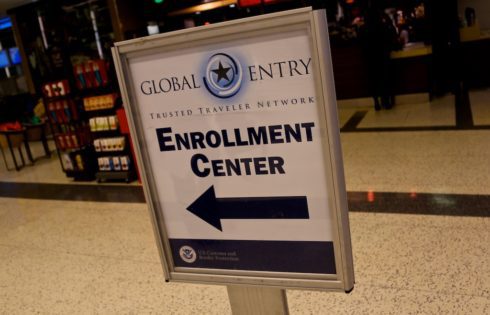
This comprehensive article will tell you everything you need to know about your Known Traveler Number. I’ll cover how you can get one and the best way to do that
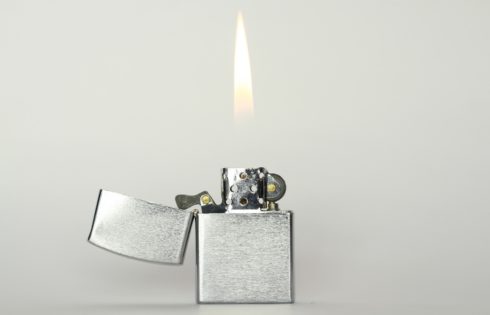
When it comes to anything that can create an explosion or open flame, you always want to be very careful about bringing that type of item on a plane. Because
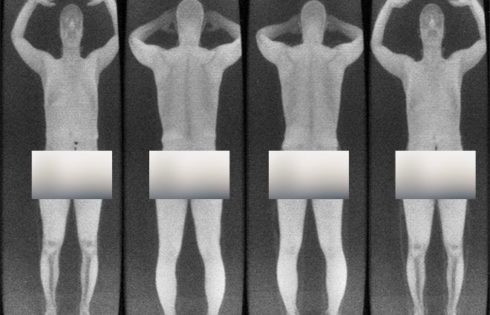
If you have ever gone through a TSA body scanner there’s a good chance that you’ve wondered if your naked body is on display for someone in a mysterious back
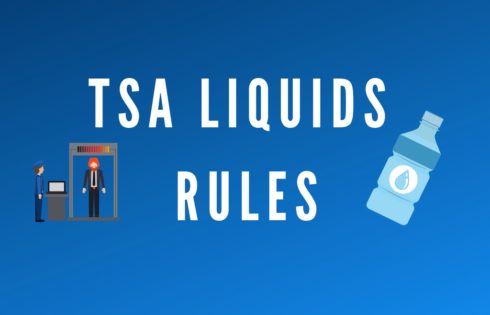
Bringing your liquids through airport security is not always as straightforward as you might think. There are several rules that apply when bringing your liquids through airport security checkpoints and,
| Cookie | Duration | Description |
|---|---|---|
| cookielawinfo-checkbox-analytics | 11 months | This cookie is set by GDPR Cookie Consent plugin. The cookie is used to store the user consent for the cookies in the category "Analytics". |
| cookielawinfo-checkbox-functional | 11 months | The cookie is set by GDPR cookie consent to record the user consent for the cookies in the category "Functional". |
| cookielawinfo-checkbox-necessary | 11 months | This cookie is set by GDPR Cookie Consent plugin. The cookies is used to store the user consent for the cookies in the category "Necessary". |
| cookielawinfo-checkbox-others | 11 months | This cookie is set by GDPR Cookie Consent plugin. The cookie is used to store the user consent for the cookies in the category "Other. |
| cookielawinfo-checkbox-performance | 11 months | This cookie is set by GDPR Cookie Consent plugin. The cookie is used to store the user consent for the cookies in the category "Performance". |
| viewed_cookie_policy | 11 months | The cookie is set by the GDPR Cookie Consent plugin and is used to store whether or not user has consented to the use of cookies. It does not store any personal data. |
